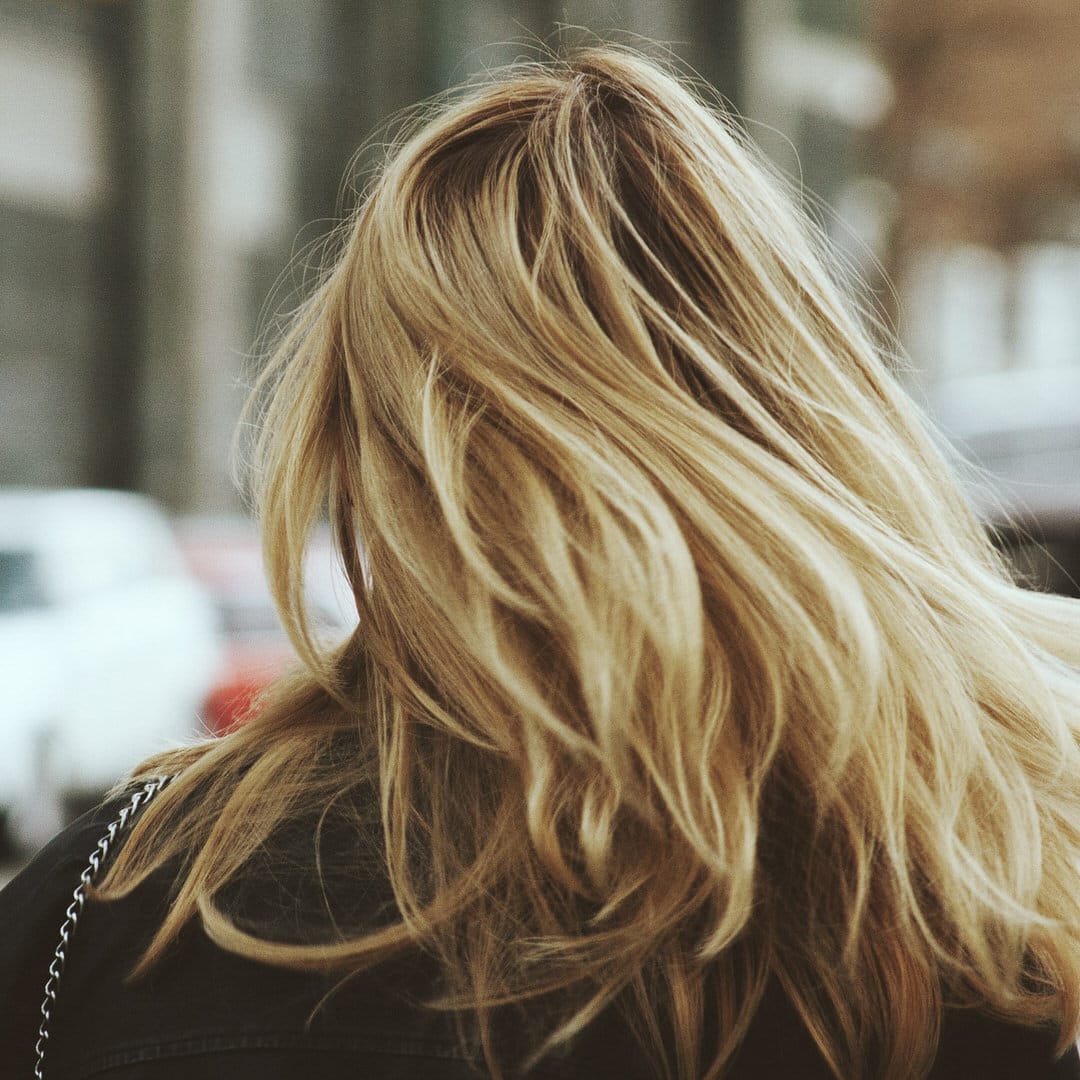
Your stylist is your number one resource when it comes to helping you decipher all these wonderful French-named highlights and pick which is best suited for your hair, colour, and style. In the meantime, we’ll try and help you get started on the basics of what each of these can offer you and your hair — Oh! and let’s not forget about “Babylights.” Here is some insight into each to help you get started.
Each of these highlighting techniques add depth and dimension to your hair, giving it a sun-kissed look, while the play on light and gradient colour would make any beach babe proud.
Classic Highlights
This is the traditional way of lightening hair. Highlights start at the root and tend to be methodically created. The process is done in sections, applying hair lightener on small strands of hair which are then wrapped in foil paper. The result offers a very consistent, patterned and defined multi-shade look that extends throughout the entire length of the hair. Highlights offer blondes a multi-toned overall look. However, since this technique is close to the root, it will require more frequent touch-ups than some of the following techniques, say every six to 10 weeks.
Babylights
Babylights, are super fine highlights which provide a more subtle and natural look than traditional highlights do. These ultra-thin highlights also run from root to tip for a complete, overall look, but regrowth is less noticeable. The key is colouring an increased number of fine strands, compared to a smaller number of thicker stands, as in highlights. Therefore, it is more time-consuming for the colourist to create, but the results are more subtle, meaning the regrowth is much less noticeable.
Balayage
In a nutshell, balayage is a freehand highlight technique that creates a softer graduation of colour. Foils are not normally used; the sectioning is more random and the process does not start at the root. The appearance is seamless and the regrowth much less apparent than with highlights, making it lower maintenance. See our previous articles which covers the topic in more detail.
Ombré
Ombré and balayage are often confused. However Ombré is a type of balayage. Both styles produce a darker, deeper, colour at the roots with a bright and lighter colour towards the tips. In balayage the tips are usually left darker, which produces more depth, and a more naturally sun kissed look. In Ombré the colour transitions gradually from root to tip in a seamless gradation.
Sombré
Sombré is a darker version of ombré. It creates a softer, less contrasting, transition of shades from root to tip. The blending begins higher up on the hair and uses more shades, producing a softer, more subtle transition. In ombré colour can be lifted two or three shades, whereas in sombré it’s a more natural, ‘short beach vacation’ type of look where the colour is only lightened one shade. This is the lowest maintenance version of the look, as it can be left to grow out naturally. If you’re hesitant to try out a balayage look, this is the one for you.
For a truly customised hair colour that complements with your style and personality, your stylist can combine all these different hair lightening techniques to create a unique look you will fall in love with!
